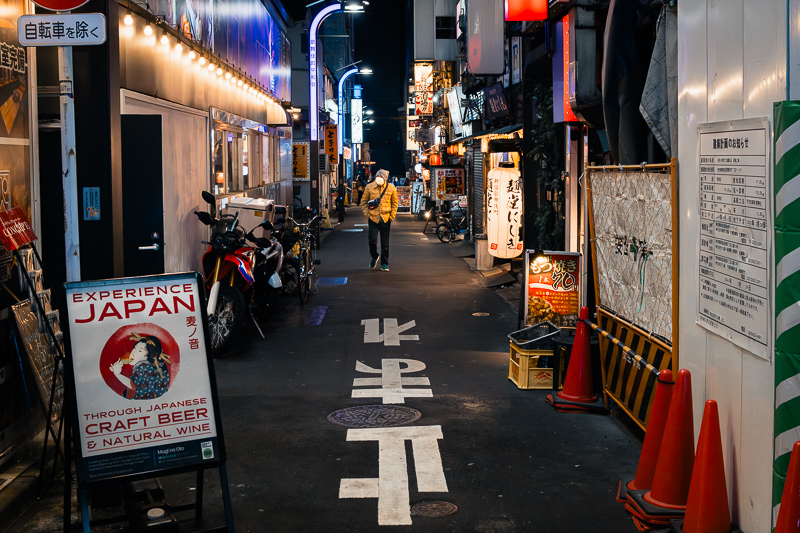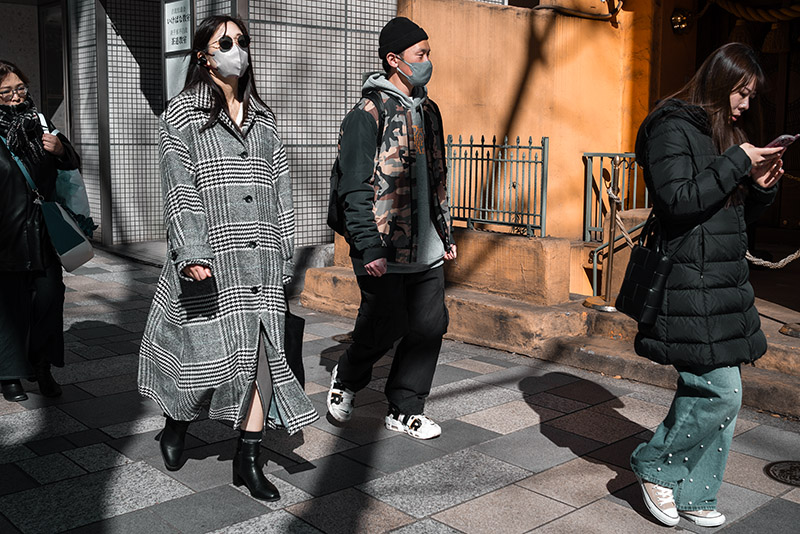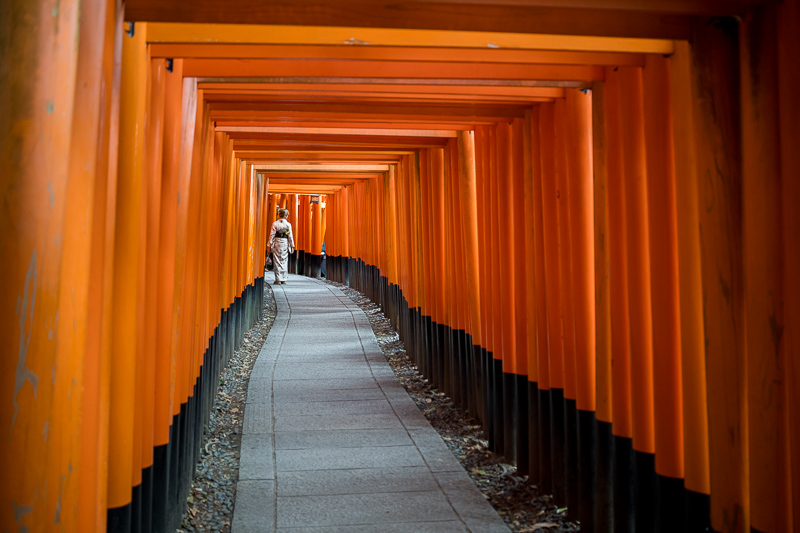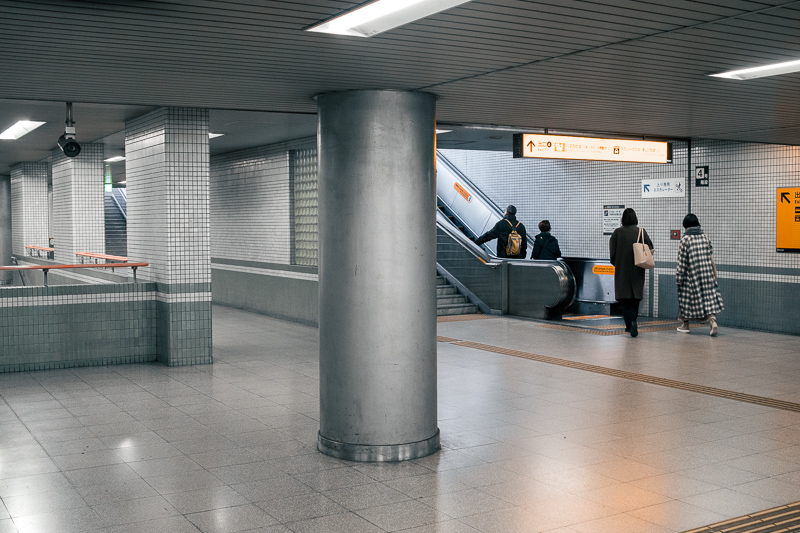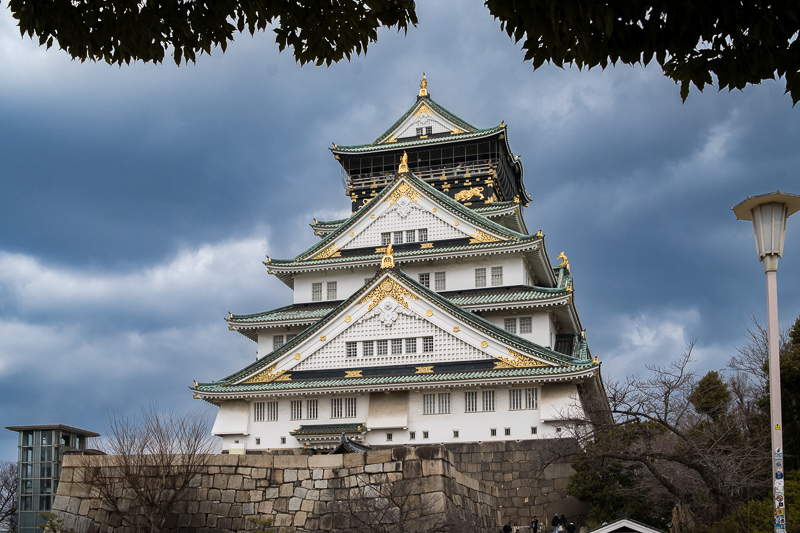Introduction
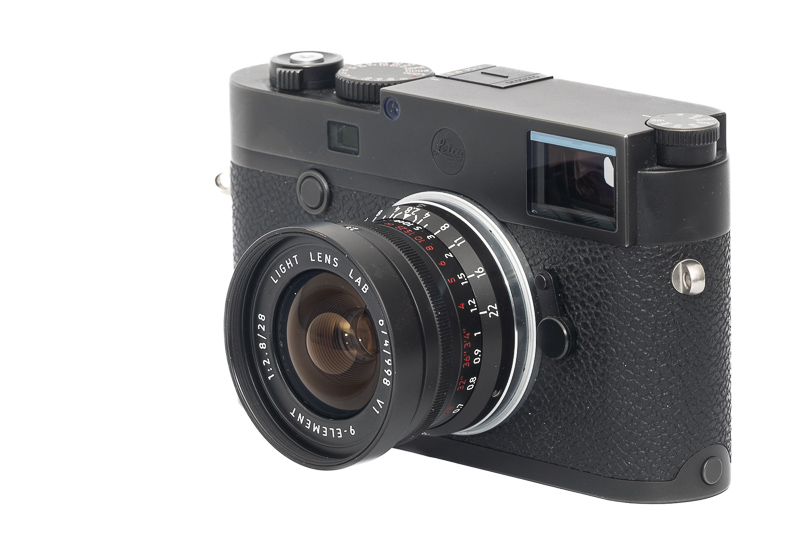
Those of you that already had a look at my other reviews of Light Lens Lab lenses already know, their mission is to bring back rare and expensive lenses from the past at more affordable prices to give more people the opportunity to use them. After the 35mm 2.0 8-element they tackled the 28mm 2.8 9-element – a lens going for almost 10 grand on the used market for reasons I have yet to understand. Let’s see how this lens compares to the tiny Voigtländer VM 28mm 2.8 Color-Skopar.
This lens will be reviewed on the 24mp Leica M10 and the 42mp Sony A7rII.
Sample Images







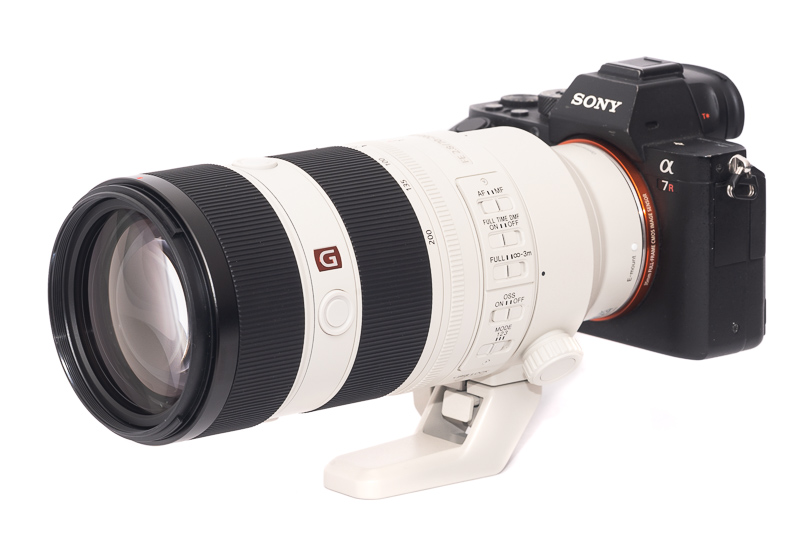







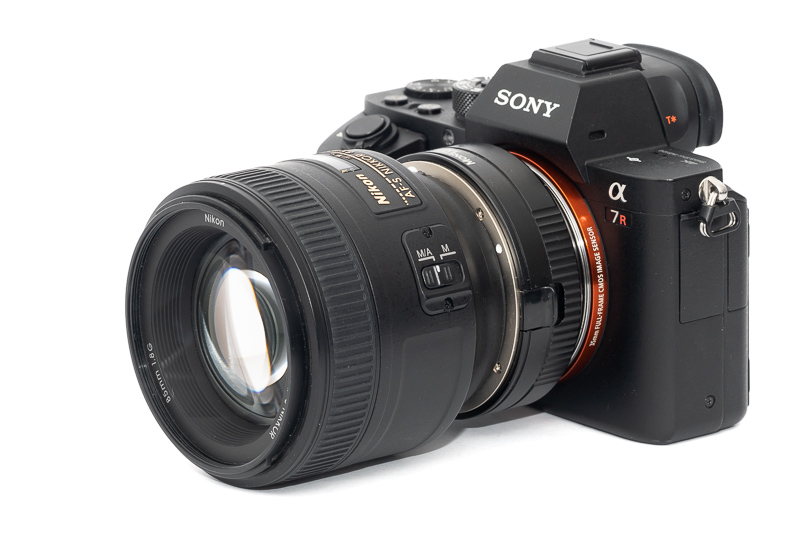
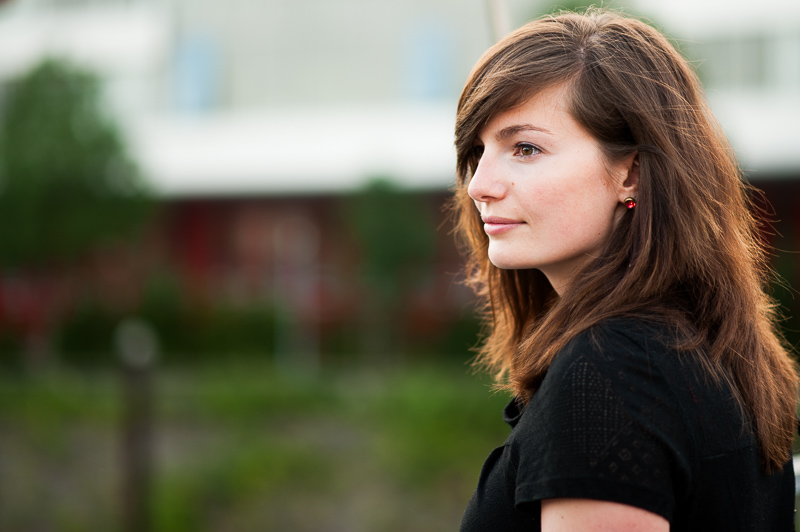
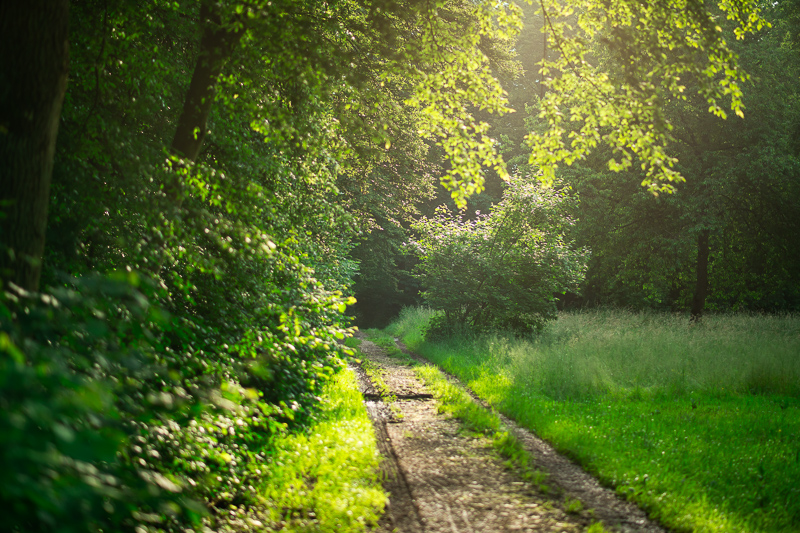


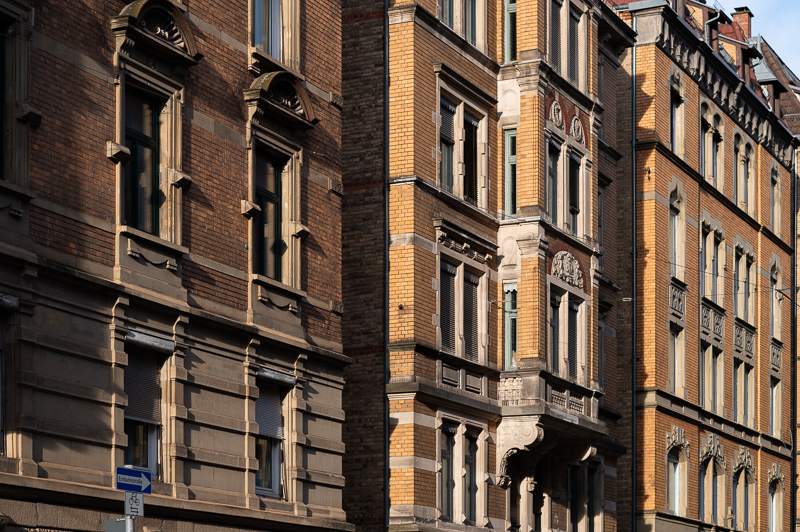

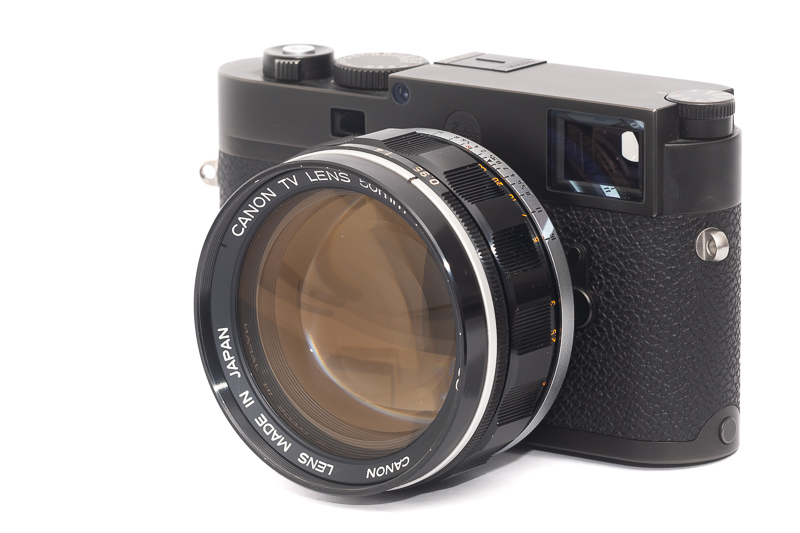

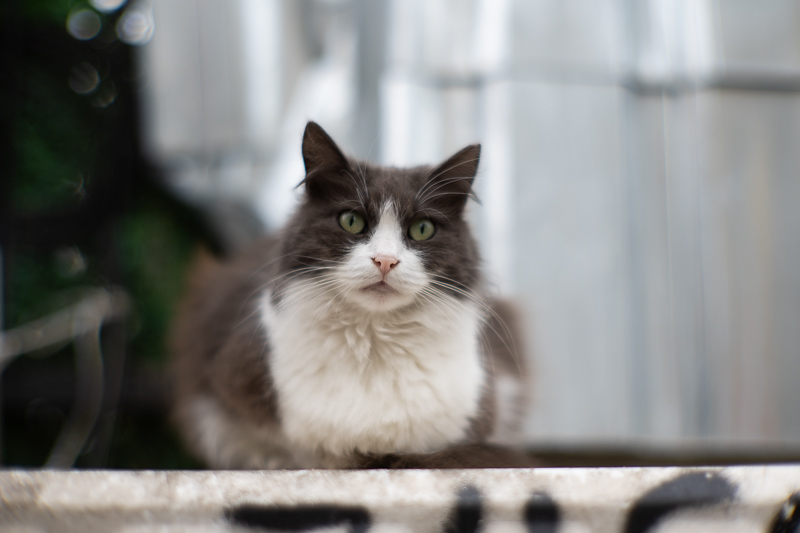


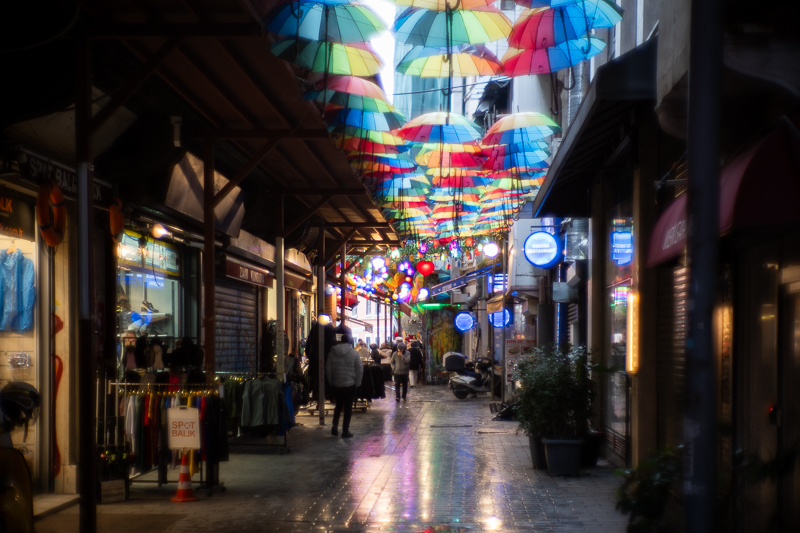
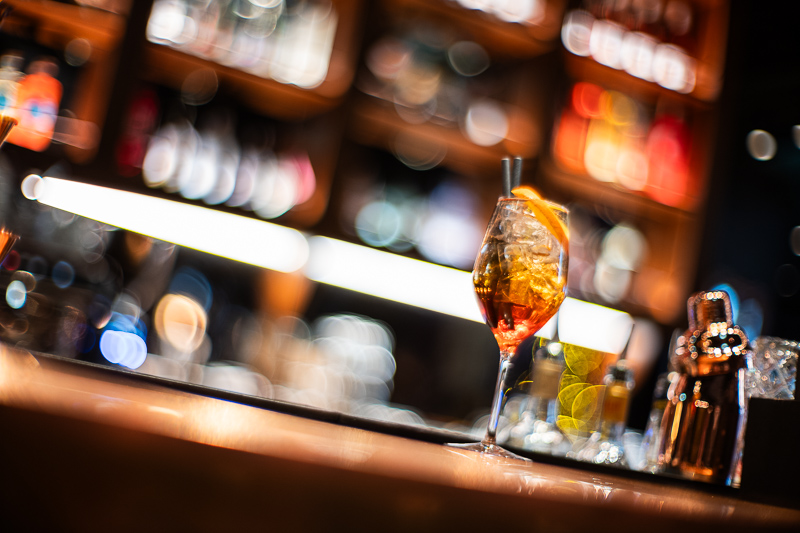
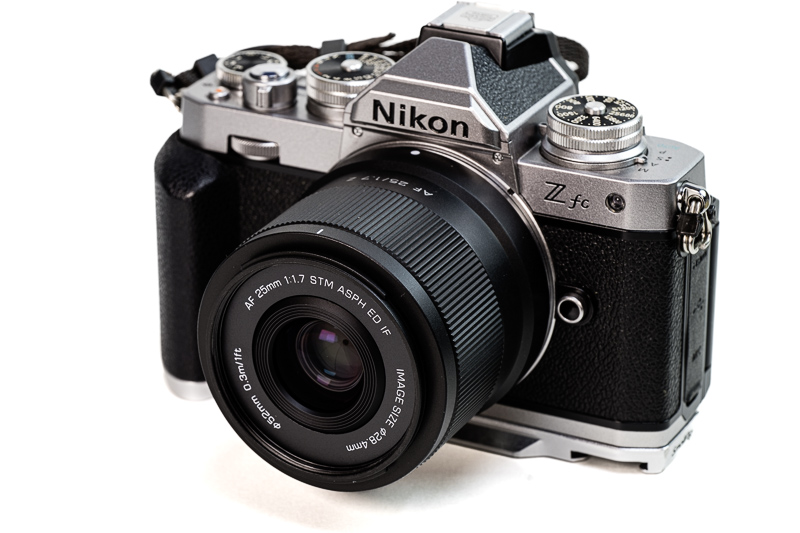
 You can see this review as a
You can see this review as a 